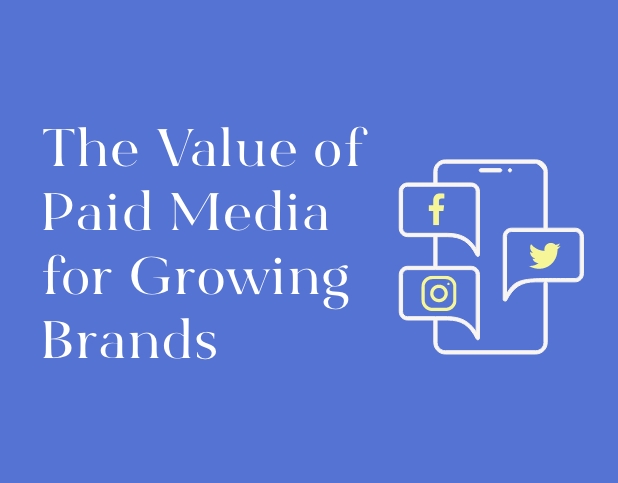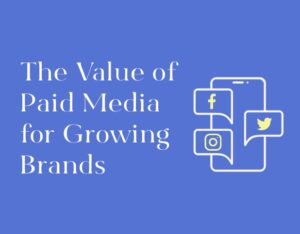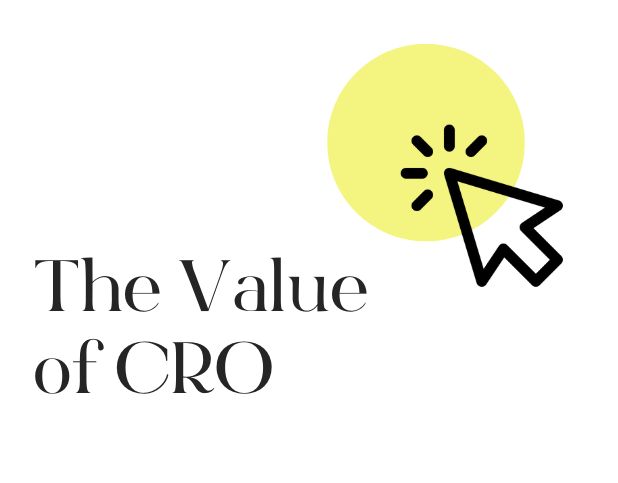Determining your target audience for a marketing strategy is crucial for ensuring that your advertising efforts reach the people who are most likely to be interested in your product or service. Marketing without knowledge of your target audience is like going in blind and you’ll end up producing content that doesn’t resonate with your potential customers. Some brands often market to those they “think” are going to be their primary customers but end up completely wrong. Doing the proper research and developing your holistic brand strategy before executing any marketing efforts will end up saving you time, money, and stress in the long run. Let’s walk through the steps you can follow to determine your target audience:
Step 1: Define your buyer personas:
Creating detailed profiles of your ideal customers, known as buyer personas, can help you understand the demographics, interests, needs, and pain points of your target audience. To create buyer personas, consider collecting data from customer surveys, market research, and social media analytics.
Step 2: Identify common characteristics:
Look for common characteristics and traits among your buyers, such as age, gender, location, interests, and behaviors. This information can help you define your target audience and understand their needs and preferences.
Step 3: Consider your goals and objectives:
Think about the specific goals and objectives you have for your campaigns and consider which audience segments are most likely to help you achieve them. For example, if you are selling a product aimed at young professionals, targeting a younger audience with your paid media efforts may be more effective than targeting an older audience.
Once you have a clear understanding of your target audience, you can use the targeting options available on the platforms you are using for your campaigns to reach your desired audience. For example, with most paid media and email campaigns, you can target by location, age, gender, interests, behaviors, and more. It is important to regularly review and update your target audience as needed to ensure that it aligns with your business goals and objectives. Your target audience may change over time as your business grows and evolves, so it’s important to regularly assess and adjust your targeting efforts as needed. You also may not get it right the first time and may need to go back to the drawing board once or twice before you land on the right group.
In summary, determining your target audience is a crucial step in developing a marketing strategy. By defining your buyer personas, identifying common characteristics among your buyers, considering your goals and objectives, and using available targeting options, you can effectively reach the people who are most likely to be interested in your product or service. Regularly reviewing and adjusting your target audience will help you optimize your efforts and achieve your desired outcomes. If you want additional guidance through this process or want industry experts to define your target audience for you, reach out! We’d love to help!
About BuzzShift
BuzzShift is a digital growth strategy agency with a focus on mid-market, scaling DTC Brands. By combining the ideologies of branding, performance marketing, and retention agency, we can create memorable experiences with measurable results and build long-term success for our clients with scalable, sustainable growth. Learn more about BuzzShift.







